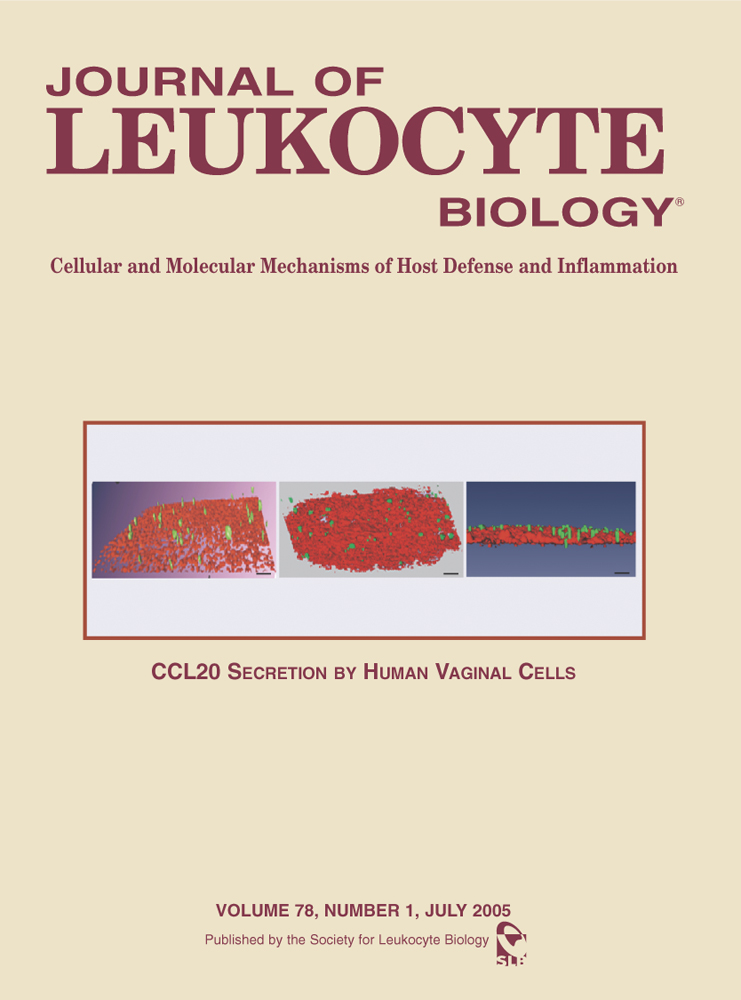“New research by University of Otago scientists suggests some mechanisms in the brain targeted by cannabis could become drugs targets to counter brain cell damage after a stroke.
Researchers from the Medical School’s Department of Pharmacology and Toxicology have been the first in the world to show the cannabinoid CB2 receptor appears in the rat brain following a stroke.
Their findings were published recently in the journal Neuroscience Letters.
Dr John Ashton says the CB2 receptor is a protein produced as part of the body’s immune response system.
“This response is triggered by stroke and causes the inflammation that leads to damage in the area of the brain around where the stroke has occurred.
“If the inflammation can be stopped or reduced then it offers the hope of reducing the extent of the damage caused by stroke – and CB2 offers a potential target for such a drug.”
Dr Ashton says cannabis targets both the CB2 and the related CB1 receptors.
“THC, the major active ingredient of cannabis, acts mainly on CB1 but it also affects CB2. While THC is known to have some positive effects in terms of pain management its use is severely limited because of the way it triggers the psychoactive CB1 receptors in the brain,” he says.
“The aim would be to develop a drug that targets the CB2 receptor without affecting CB1.”
Dr Ashton says the relationship between cannabis and cannabinoid drugs has similarities to the relationship between heroin and codeine.
“Heroin and codeine share common targets, but by designing codeine in such a way that it eliminated the psychoactive side-effects seen with heroin, a therapeutically useful drug was developed. There is the potential to do the same with cannabinoids.”
Drugs targeting CB2 could also have potential therapeutic use in other conditions involving inflammatory damage to the brain, such as Huntington’s Disease and Alzheimer’s Disease. There may also be scope to use them in pain management.
“CB2 cells are also found in the spinal cord. They regulate pain signals making them a potential target for new pain killing drugs.””
http://www.hightimes.com/read/cannabis-counter-brain-cell-damage-after-stroke




